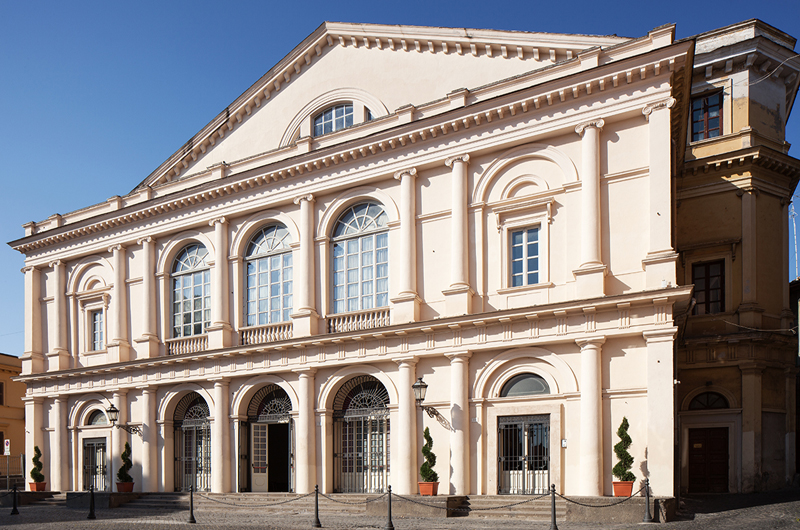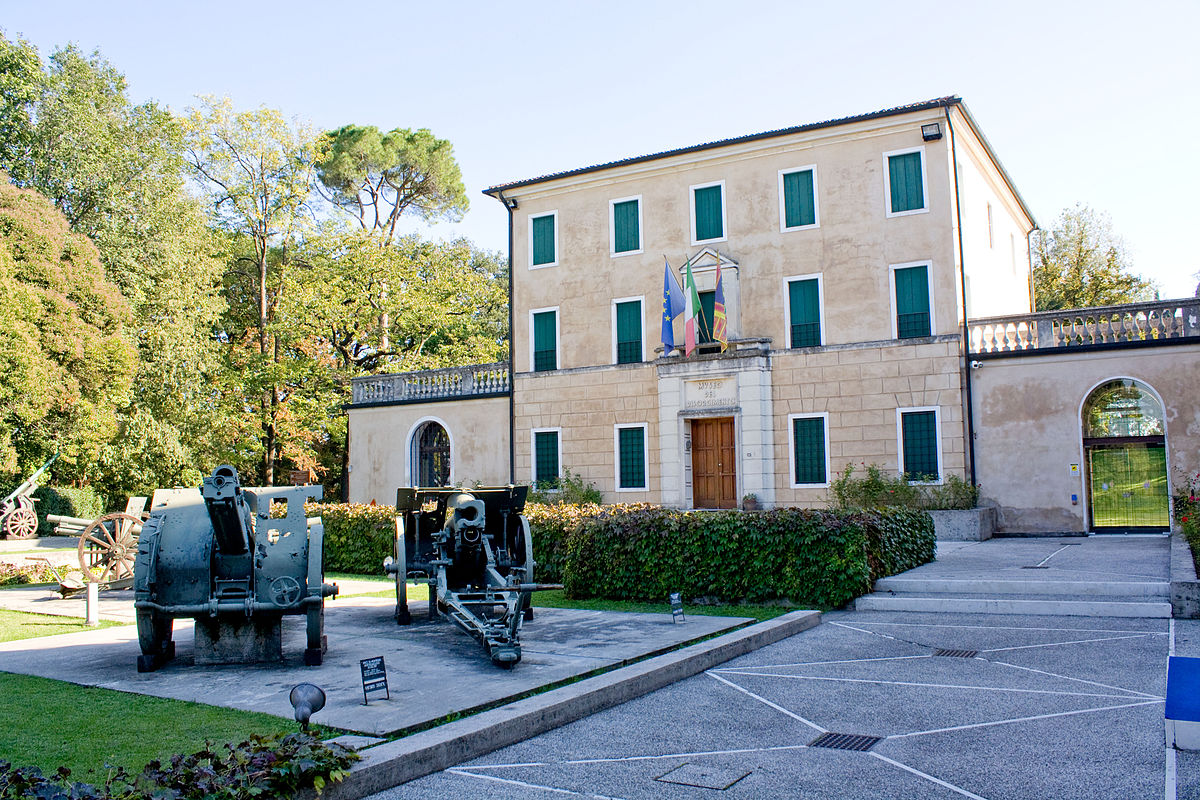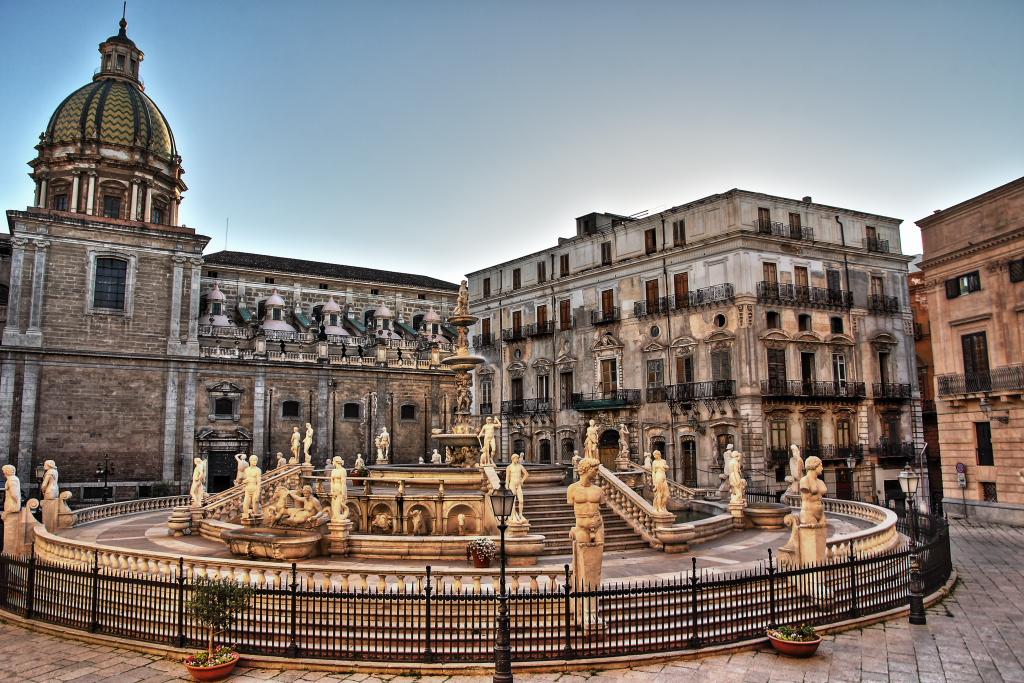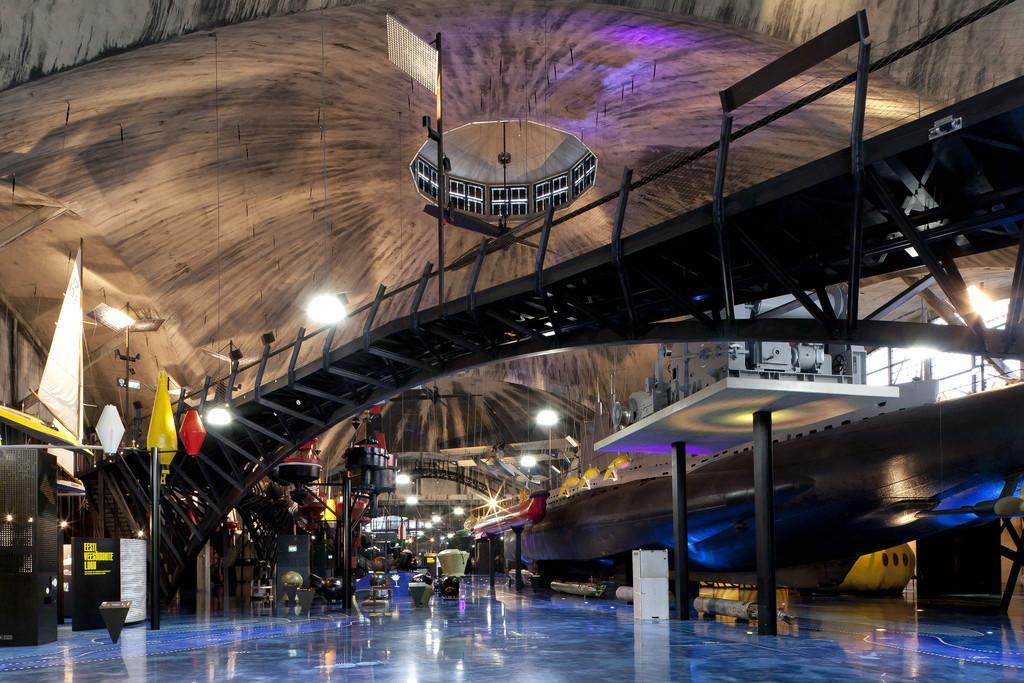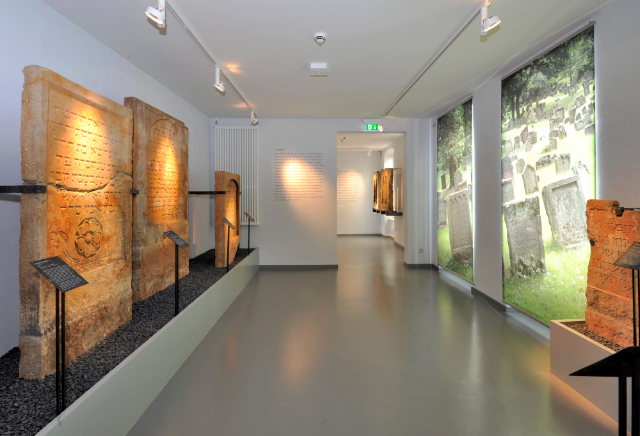The "Union Theatre" was built by a group of citizens from Viterbo who joined together, in 1844, in the "society of stage artists" headed by Count Tommaso Fani Ciotti and from whose "union" the theatre took its name. "The Union" was not the first theatre to be built in Viterbo. Preceded by the Teatro del Genio, Teatro dell’Unione became in the nineteenth century the first for importance and prestige because the impulse that allowed the construction was the passion, common to almost all major Italian cities, for the l’opera. The project involved a large number of participants both from the society of the stage builders and from the Municipality itself, which guaranteed the purchase of at least five boxes.
The first act of the society was the election of the Theatrical Deputation, composed of the Apostolic Delegate Mons. Orlandini and six deputies: Tommaso Fani, Antonio Calandrelli, Domenico Liberati, Giuseppe Signorelli, Cesare Calabresi and Vincenzo Federici, municipal engineer. The choice of the location where to erect the Theatre fell on the Contrada San Marco, after having discarded the idea of tearing down the Teatro del Genio and the nearby houses to build the new building. The Deputation also proposed to give the Union the shape of the Teatro Argentina in Rome. On June 20, 1845 the competition contract for the construction of the Tetro was announced, the task of evaluating the projects was assigned to the National Academy of San Luca and the choice fell on the architect Virgilio Vespignani, a leading exponent of late "eclectic classicism".
Inaugurated in 1855 with an opera season that lasted from 4 August to 25 September and included three melodramas and a ballet, the first season was a real success. In the following years the theatre increased in the interest of the public, both with melodramas and with prose works of the repertoire of the time and from the early 900 the theatre also hosted some film shows. During the Second World War the theatre was seriously damaged and due to the need to find large sums for the reconstruction the municipality became the sole owner.
Its architectural conformation is typical of Italian theatres and is characterized by the separation between the hall and the stage, by the symmetry and perspective of the plant, the sloping stage, the "classistic" or "hierarchical" division of seats and the refined decorations make the Teatro dell’Unione a real jewel among the historical Italian theatres.
